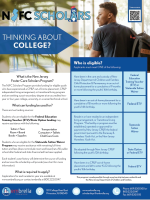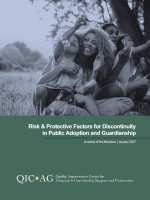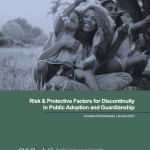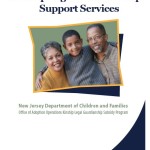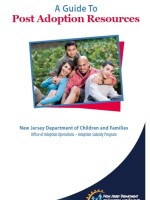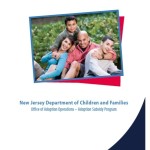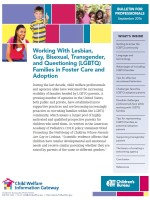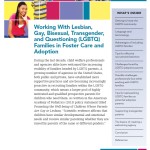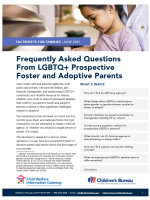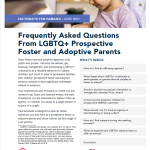➡ From Child Welfare Information Gateway
US: “Trauma on Trauma on Trauma”: For Refugee Children, the Journey Is Only the Beginning (Opinion)
Truthout – March 29, 2017
Hundreds of thousands of other women and children have made the perilous journey to escape gang-related violence in Central America’s northern triangle countries of Guatemala, Honduras and El Salvador, and many have been similarly ensnared in one of three US immigrant-family jails.
http://www.truth-out.org/news/item/40006-trauma-on-trauma-on-trauma-for-refugee-children-the-journey-is-only-the-beginning



